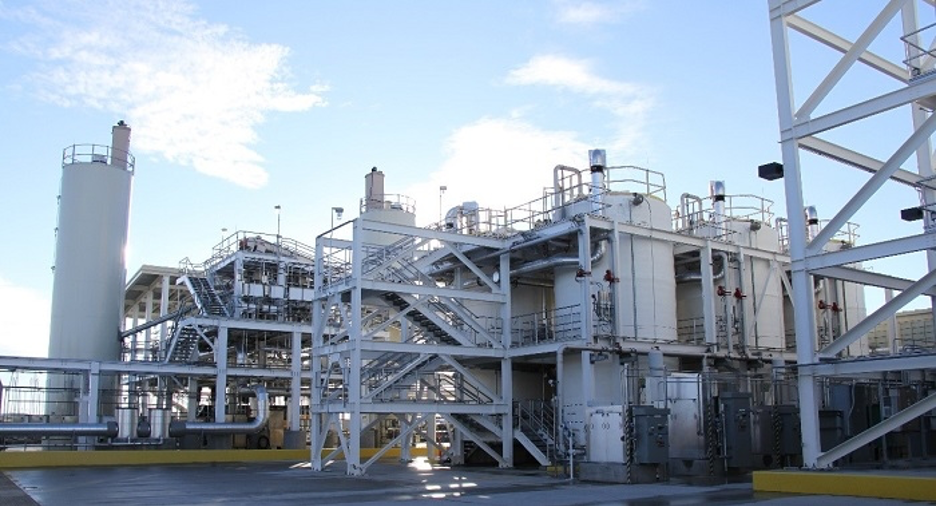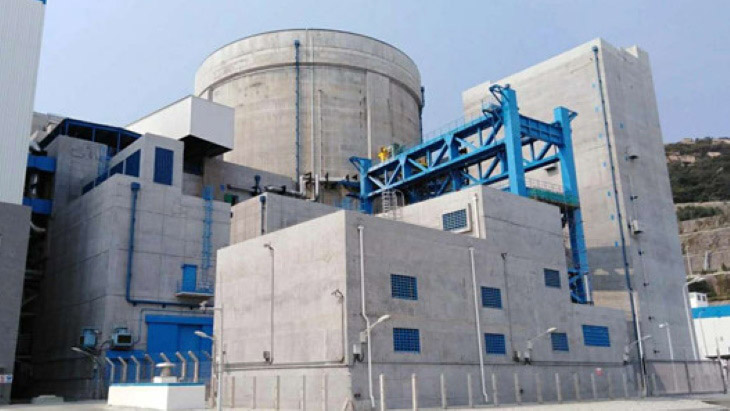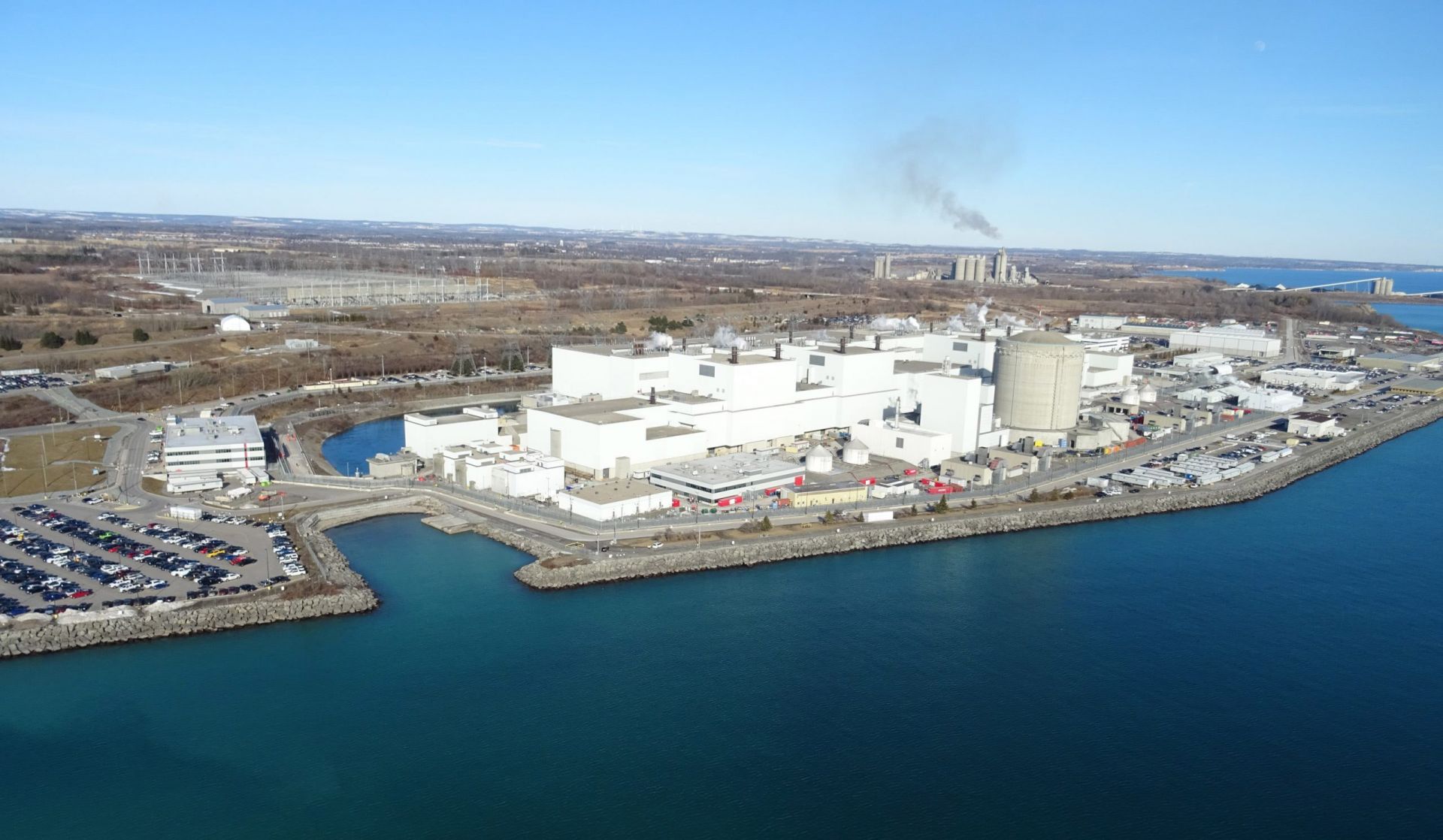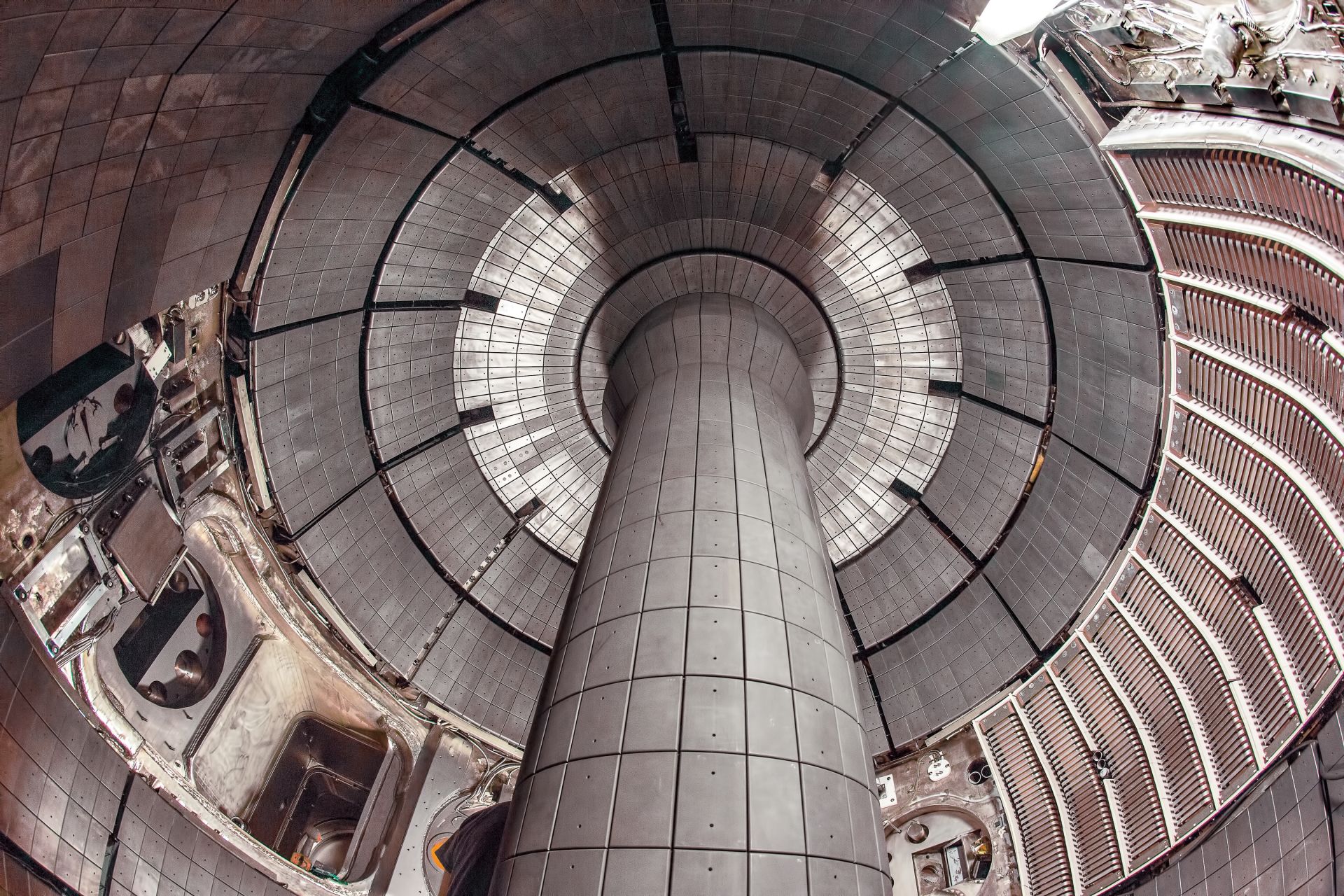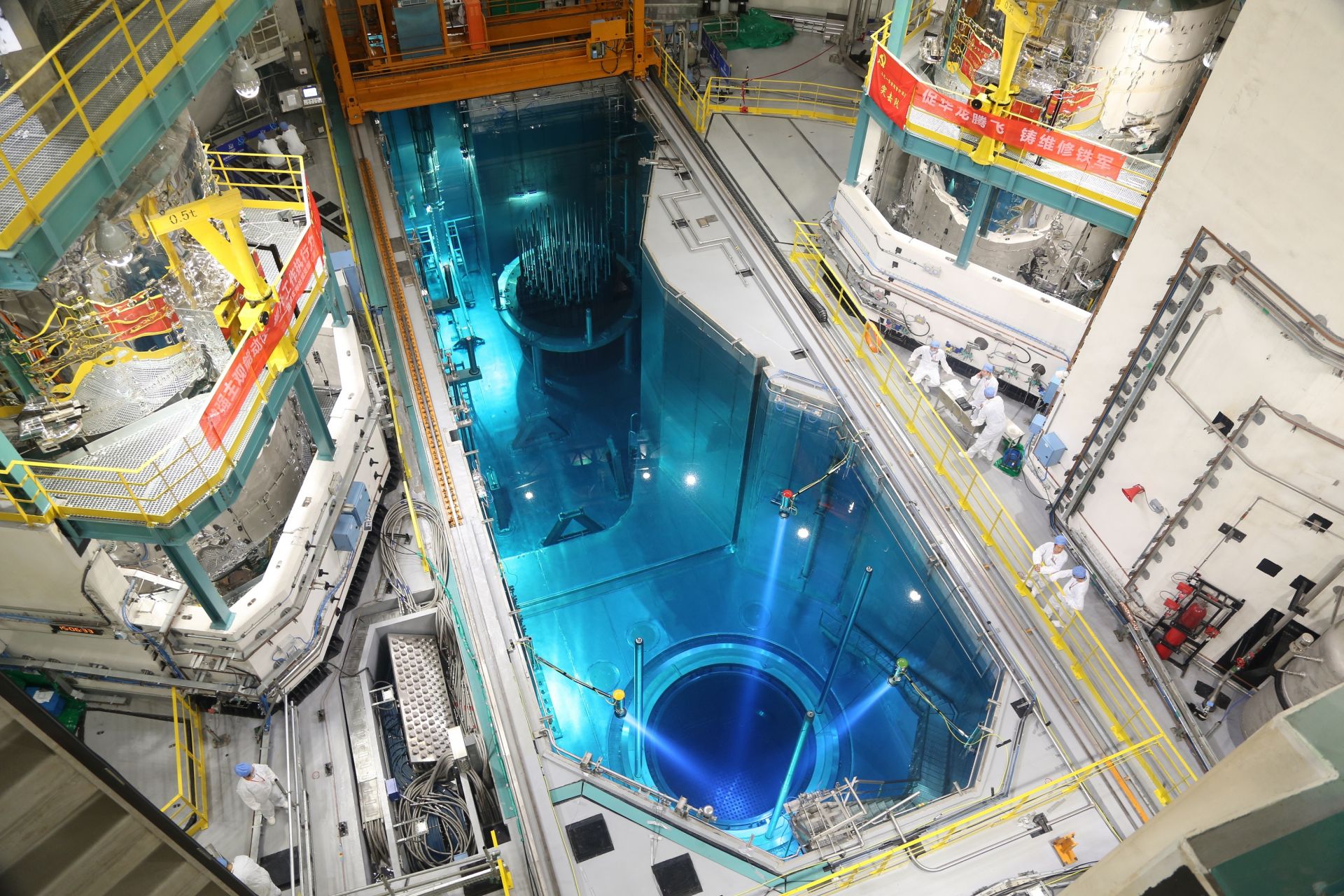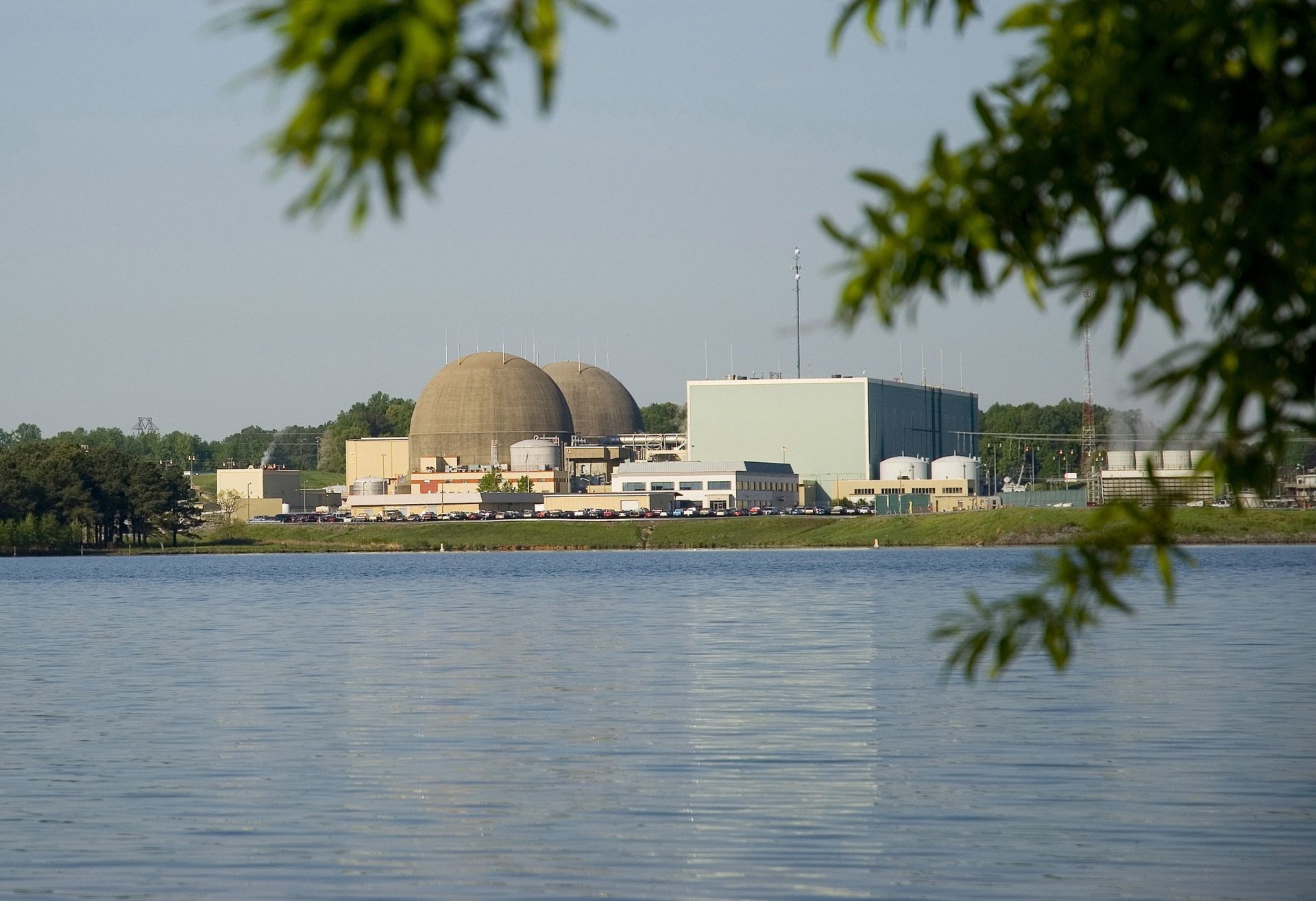ANS’s Bilbao y León picked to lead World Nuclear Association

Bilbao y León
ANS member Sama Bilbao y León, currently head of the Division of Nuclear Technology Development and Economics at the OECD Nuclear Energy Agency, will succeed Agneta Rising as the World Nuclear Association’s director general, the WNA announced this morning.
Rising, who took the reins of the WNA in January 2013, is the former vice president, environment, at Vattenfall AB; cofounder and former president of Women in Nuclear; and former president of both the European Nuclear Society and Swedish Nuclear Society. The WNA said that she is stepping down at the end of October “to move to new endeavors.” Rising will continue as director general until the end of October, with Bilbao y León serving as “director general in waiting” beginning October 5.


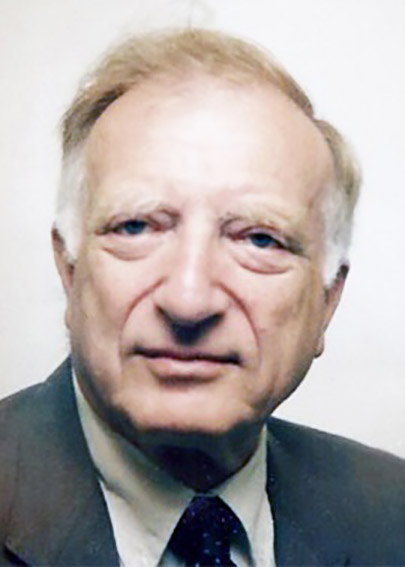
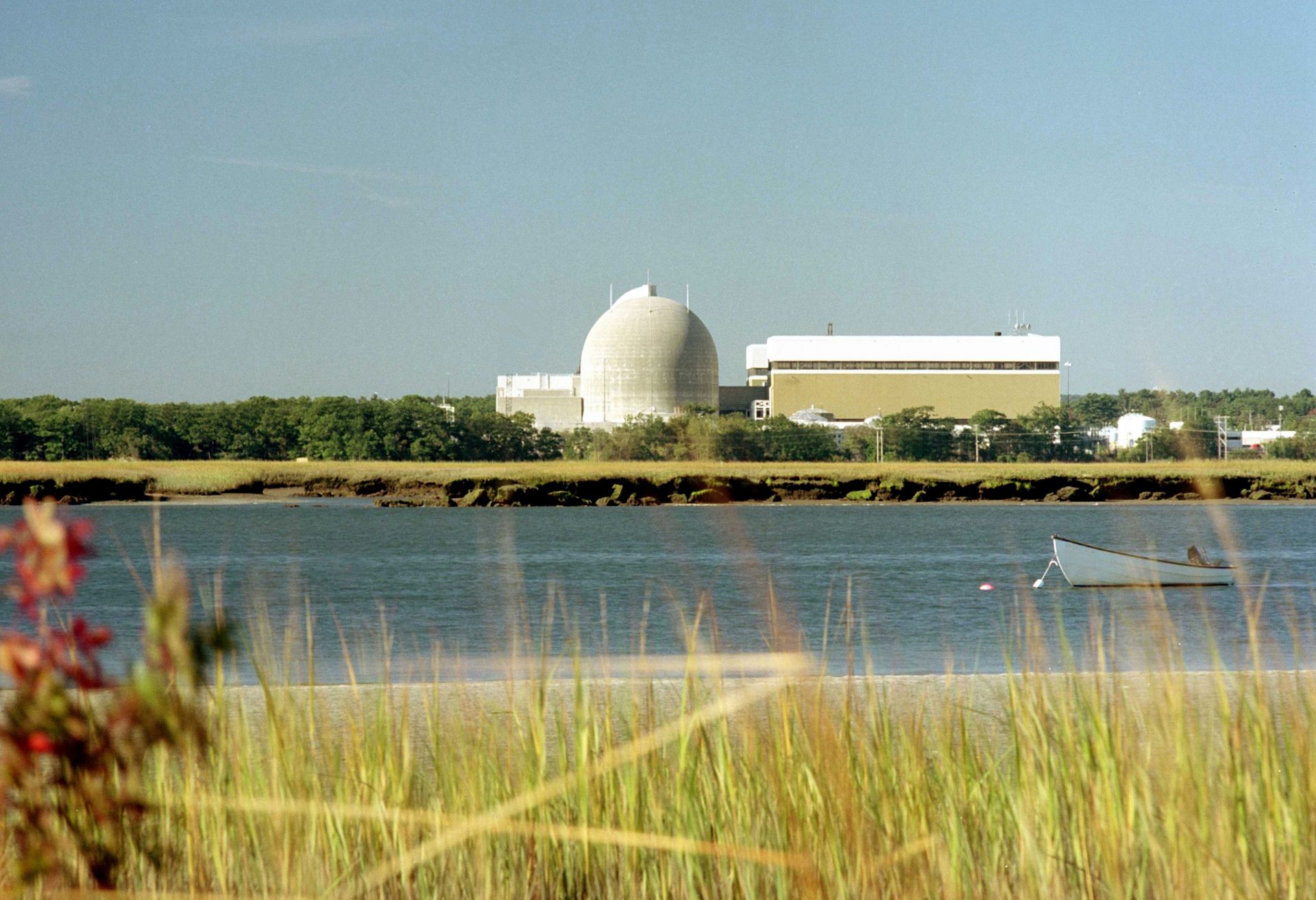
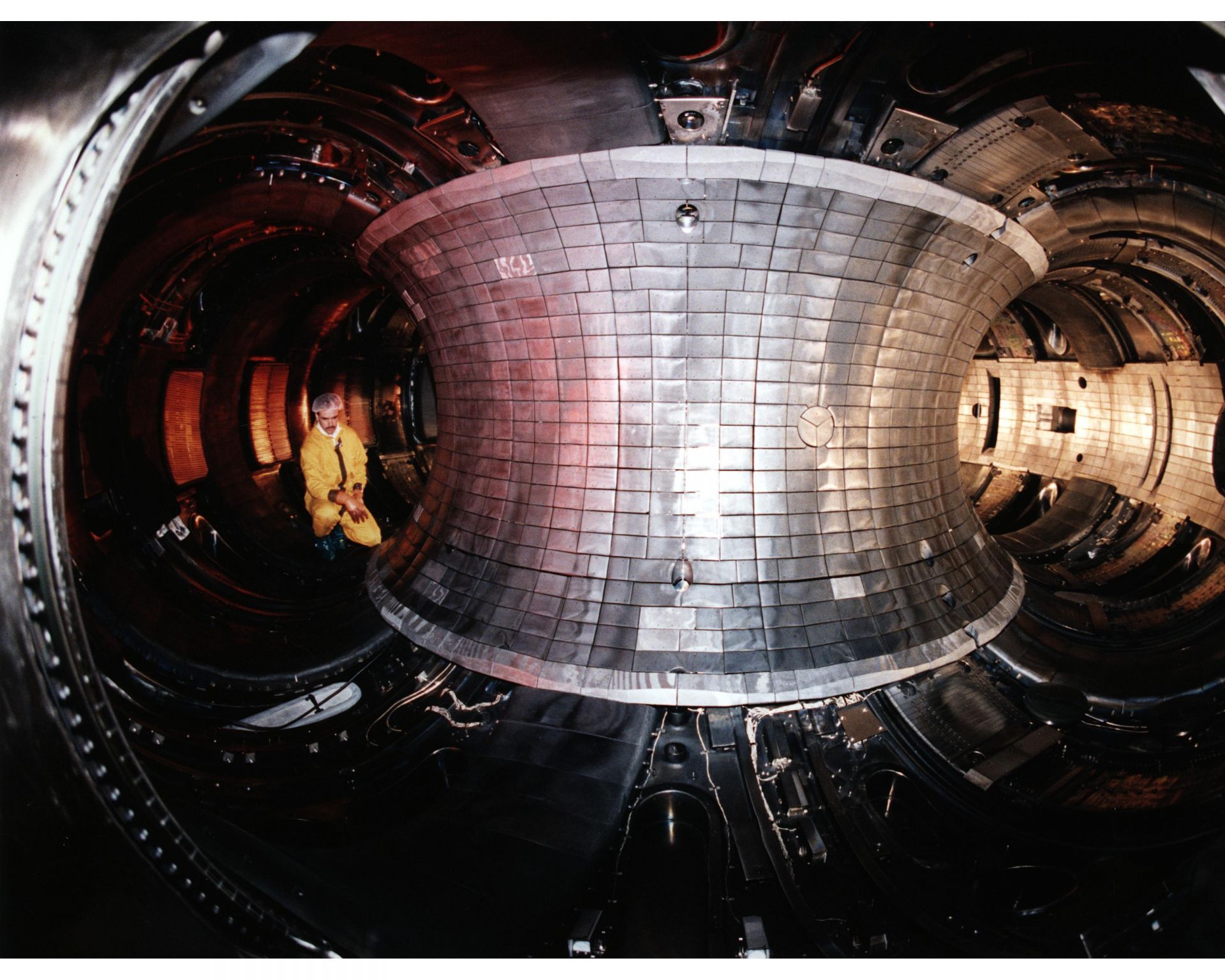

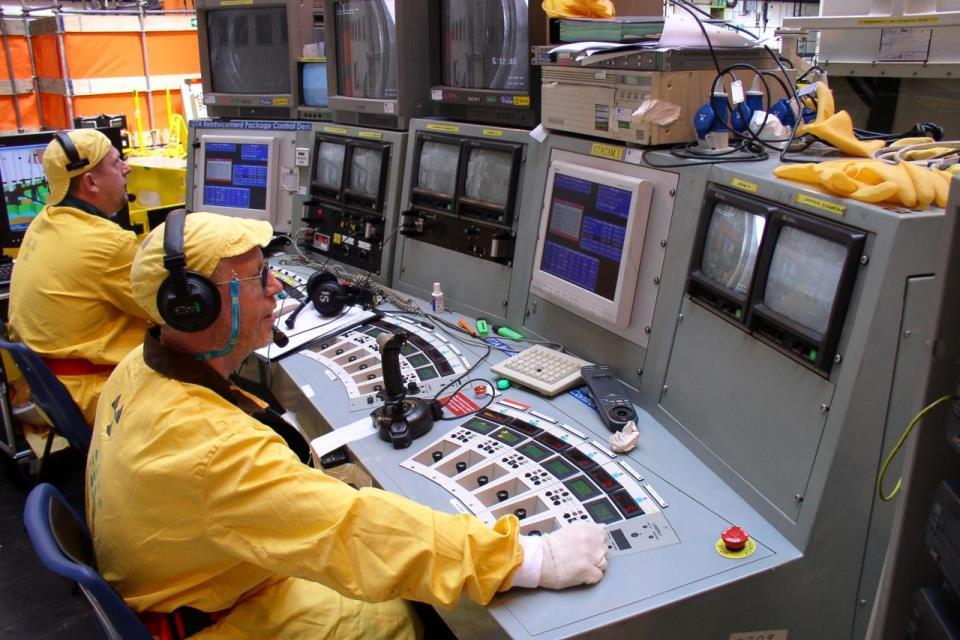
 Radiation has benefited mankind in many ways, including its use as an energy source and an indispensable tool in medicine. Since the turn of the 20th century, society has sought ways to harness its potential, while at the same time recognizing that radiological exposures need to be carefully controlled. Out of these efforts, and the work of many dedicated professionals, the principles of justification, optimization, and limitation have emerged as guiding concepts.
Radiation has benefited mankind in many ways, including its use as an energy source and an indispensable tool in medicine. Since the turn of the 20th century, society has sought ways to harness its potential, while at the same time recognizing that radiological exposures need to be carefully controlled. Out of these efforts, and the work of many dedicated professionals, the principles of justification, optimization, and limitation have emerged as guiding concepts.